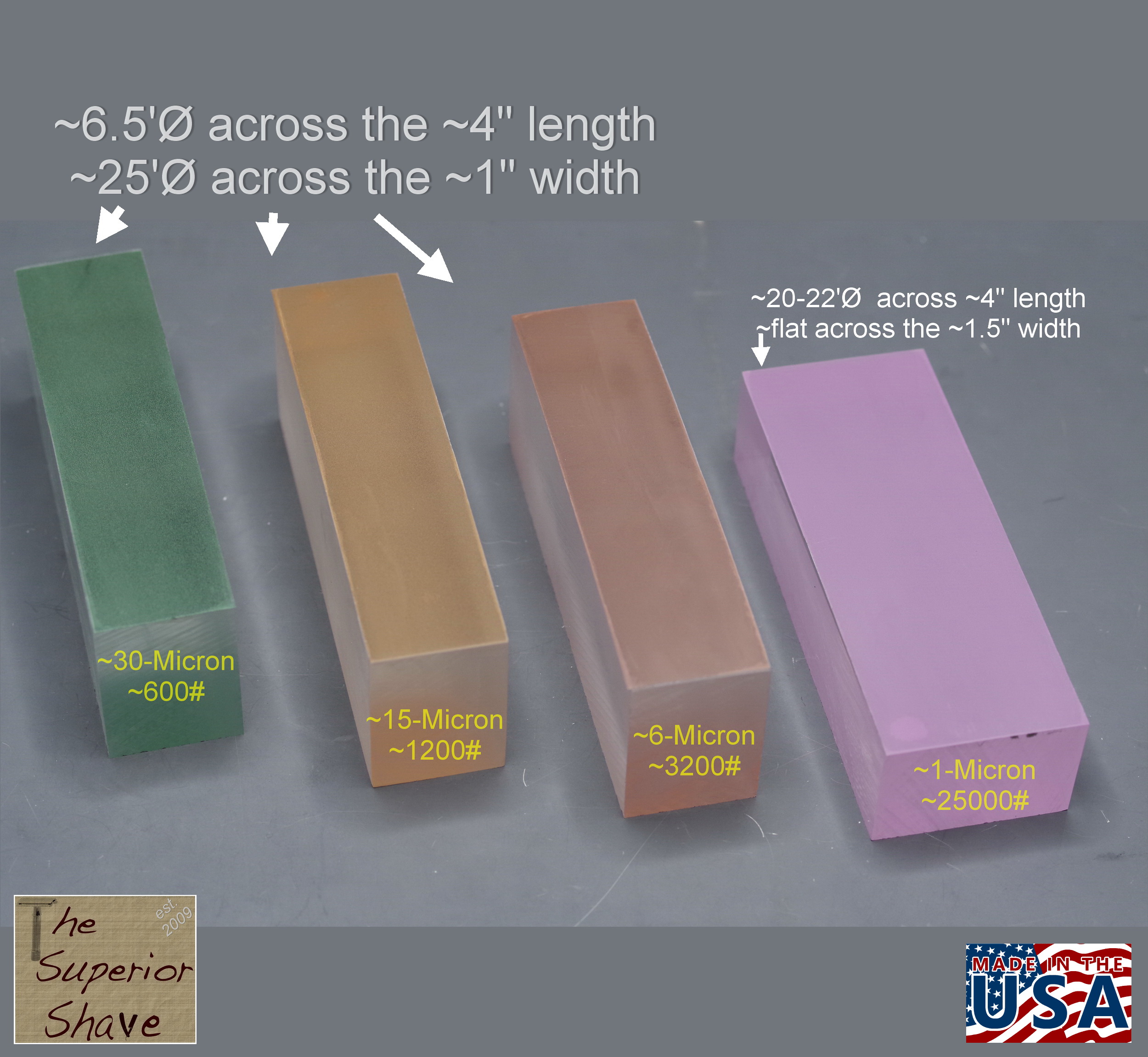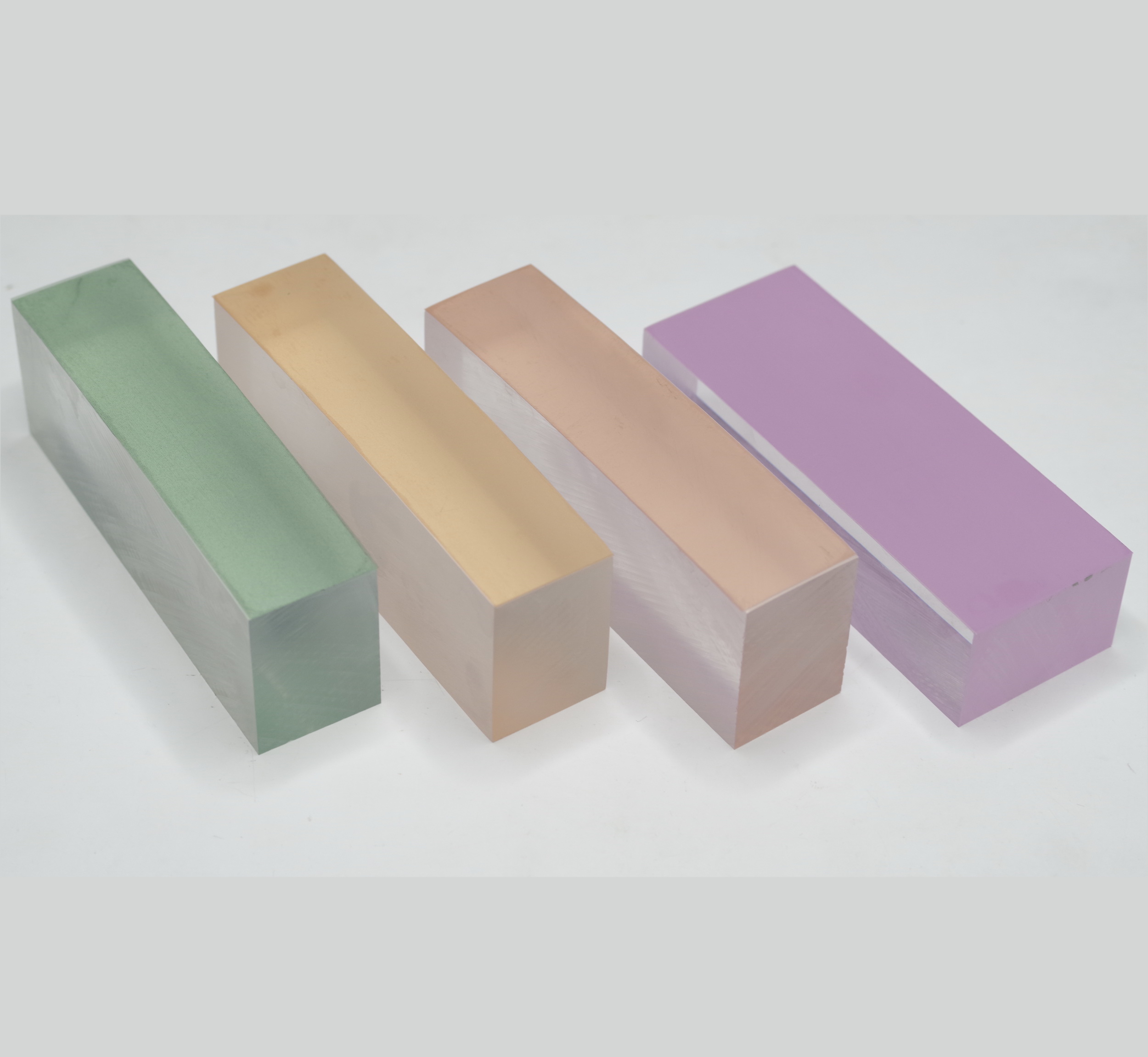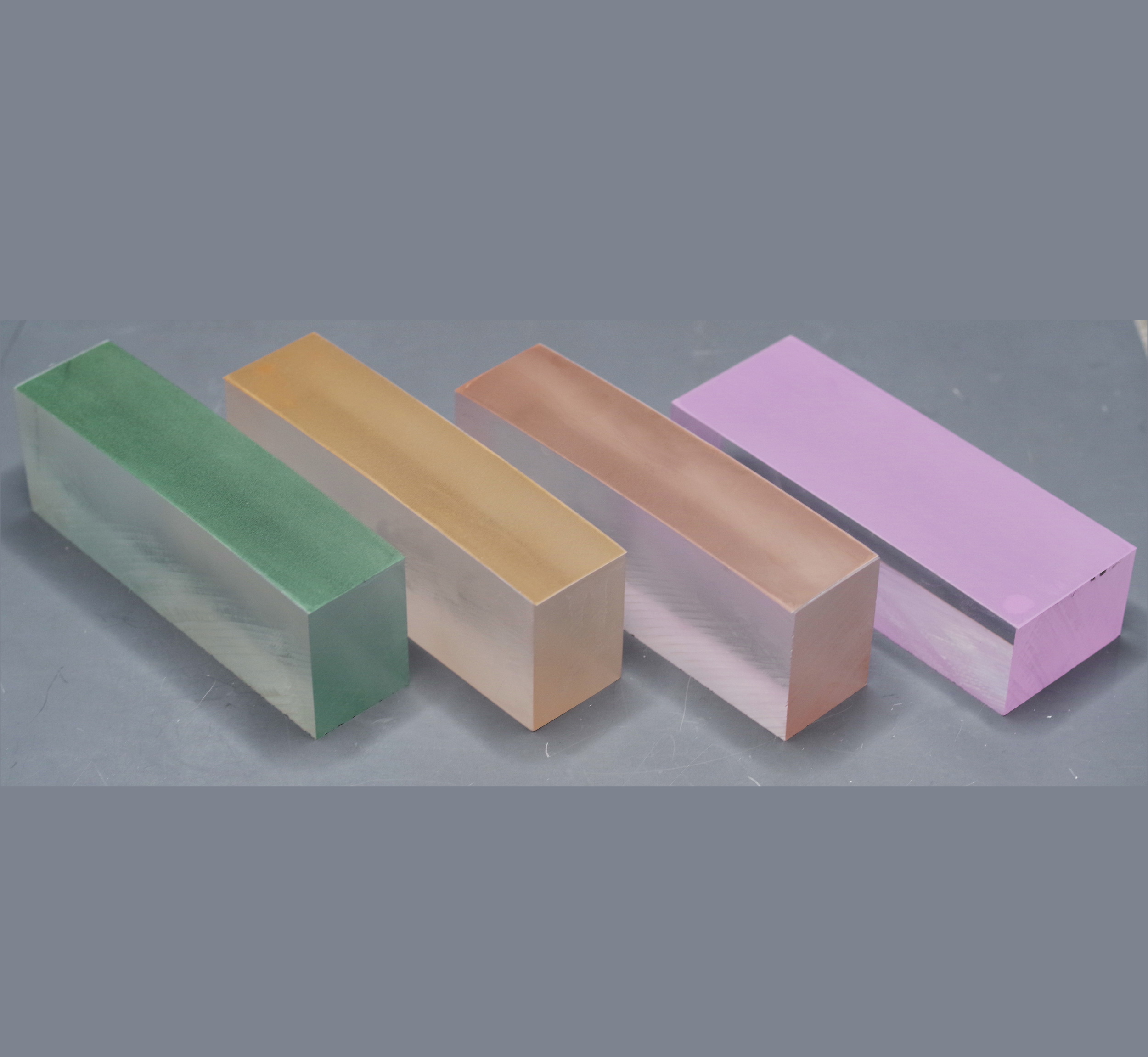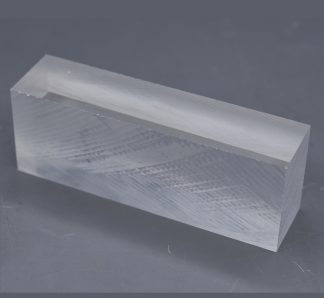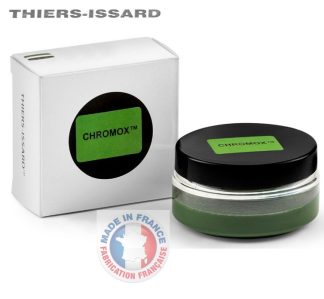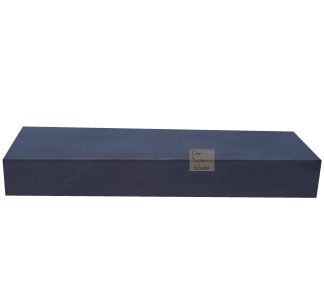Description
However, many men reading this who might already agree on the concepts in theory have not really tried the concave bevel shaving thing much themselves, both for not wanting to buy an expensive custom lapping plate or find a similar shape “in the wild”, nor to have to suffer through reshaping their whetstones. Manual labor stinks!
Well, that’s where these little guys come in; it won’t need reshaping, here’s that delicious concave bevel without the hard labor!
These little 4x1x1.5″ acrylic blocks have had one of their six facets shaped with “the Jarrod plate” and polished through 1000# sandpaper fineness, doused with isopropyl alcohol so I could be sure to get a bubble-free adhesion, and then had a small slices of 3M self-adhesive diamond lapping films squeegeed on to their surfaces.
For the final step with 1-micron film, I used a cylindrical plate that I used to sell, but simply cannot offer you because it is too damn costly to make it. The effective diameter is somewhere around 20-22’Ø.
For the other three steps, they’re all shaped the same way, 6.5’Ø going down the 4″ length and ~25’Ø across the 1″ width.
Acrylic’s a reasonably dense material; to shape two sets of these, using fresh sandpapers and the very best ones known to man, I had to sweat with my right arm to the tune of about 2.5 hours total, so about 1.25hrs of hard labor per set here.
They’re not parts for the Space Shuttle; I’m trying with my Dahle trimmer to cut them down perfectly, but the little acrylic blocks aren’t exactly perfect in their cuts, and neither are the little slices of 3M film, and then you’ve still got to put the sticker on the acrylic.
Use these little blocks with a sparing but thorough application of honing oil of some sort, like plain mineral oil or Ballistol, so that you can get quite a few uses out of the block. With the ~600# 30-microns’ action and the shape of 6.5’Ø x 25’Ø expressed across the 4″ x 1″ shaped section, you will overtake the bevels of razors that have been honed on flat surfaces extremely fast! After that work’s done, duplicate the same actions with the 15-micron block, then the 6-micron block, and you’re then ready for the final step with the cylindrical stone. Strop and shave and you’ll be amazed.
DO NOT erase all the coarser striations that you’ve made with the bevel-setting first three blocks via the last step!!! Doing that would mean that your ~22’Ø shaped 1-micron block just reshaped the whole bevel, and we don’t want that; we want a mostly-concave bevel with as fine an apex as can be managed, WITHOUT ever chasing the “as fine an apex” thing at the cost of the “mostly concave” thing!
If you use the little blocks block-in-hand and rub them left to right across your razor, they’ll leave behind a concave bevel shape with either a frayed semi-apex, or much more likely a clean apex with a “burr” hanging off of the end of it, usually pointing slightly toward the opposite side of the bevel from which you just worked over. In Germany, I have seen master grinders keep a slab of soft wet horn and they ‘breadknife’ the razor through the horn after the burr-making steps.
But anyway, whenever you switch edge-leading motions at longer diameters, you’ll immediately begin first by removing the burr or frayed-ended bevel you’ve just created, and then by bludgeoning, geometrically speaking, the concaved shape you’ve just created by carving in a thicker-angled, finer-apexed, less concave tip on what remains of the incumbent concave bevel.
In Germany, nowadays they generally set in cutting edges on razors with a slightly convex spinning disc, and then refine them on stones that are either flat or hand shaped slightly convex, and when they come off of the wheel and on to the stones they keep a little slab of wet horn nearby and ‘breadknife’ the razor’s edge through the horn, which I presume wipes off the little burr and leaves behind the slightly concaved bevel shape they’re chasing. However, they don’t have 6.5’Ø-shaped extra fine wheels in Germany; if they did, they’d use them instead of those barely-convex spinning platter thingies!
YOU WANT TO SPEND AS LITTLE TIME AS POSSIBLE ON THE SUCCESSIVE STEPS, SO THAT THE VAST MAJORITY OF YOUR BEVEL’S FORM REMAINS AS CONCAVE AS THE STEEL WILL ALLOW. On a 6/8″ razor, a bevel might be 0.8-1.0mm wide, and you should leave at least 0.6-0.7mm worth of that 0.8-1.0mm of width with the coarse marks from the early 30-micron and 15-micron stepss, so that you’ll have a quite concave bevel which will move around more than you’re used to, and which is more thin behind the actual edge than any flat bevel can provide.
The thinness and movement are what makes the concave bevel so great in my opinion, the actual use of a concave shape all the way through to the apex is not something I think the vast majority of straight razor shavers will actually need (though, to be fair, I can say unequivocally speaking for myself that the very best shaves I get are when none of the bevel form has been made flat…FINISHING that way in honing, however, is a true perpetual challenge).
These blocks are not a permanent solution, but then no sharpening stones last forever. You’ll get quite a few razor-resets out of it, I’d imagine. When you tire a film, buy another, cut it down to size, peel the old one off, clean up the surface, and affix a new sheet. The shapes are the hard things to come by ‘in the wild’.
I’m working to have in late 2024 or early 2025 an offer of a permanently-shaped diamond hone, using the same basic shape shown here but with 1000# diamond mesh in a shape that won’t change and a surface that’s 2×6″, for a small speedy bench stone.
For a homebrewed noncommercial sharpening solution, however, with the razor stationary in your off hand or in a table vise and these little rubbing blocks moving on the stationary razor, you can do a lot worse!

